Common Backyard Birds of the Olympic Peninsula
Local Backyard Birds
A list of backyard birds commonly found on the Olympic Peninsula.
 House Finch
House Finch
Food: Seed, fruit, insects & suet.
Season: Year round.
Info: One of our most common feeder bird. Originally a west coast resident, in 1940 a small flock the "Hollywood Finches" were released in New York and now call both coasts home.
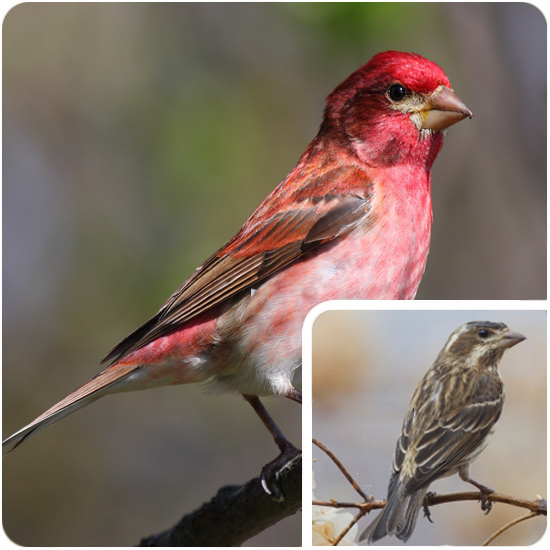 Purple Finches
Purple Finches
Food: Seed, peanuts, fruit, insects, & suet.
Season: April - October
Info: There are two subspecies of the purple finch – the Pacific Coast form which has a different wing shape and colors from the more common Eastern form.
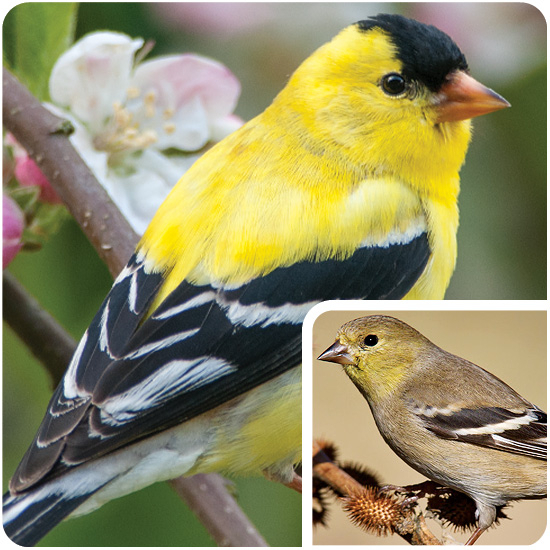 American Goldfinch
American Goldfinch
Food: Nyjer Seed & Sunflower Chips.
Season: April - October.
Info: Our State Bird! American Goldfinches have been known to weave their 3" cup nest so tightly it can hold water! Which can prove to be detrimental should a late summer shower pass through.
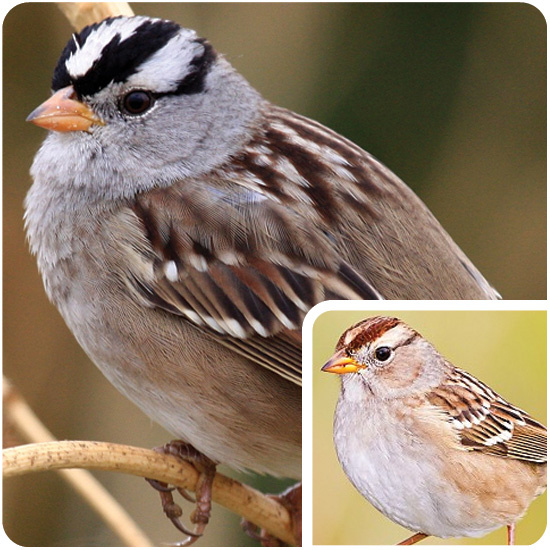 White-crowned Sparrow
White-crowned Sparrow
Food: Seed, fruit, insects & suet.
Season: April - October.
Info: Many White-crowns breed all the way up in Alaska and make the 2,600 mile trip back to us every winter, some traveling up to 300 miles in a single night!
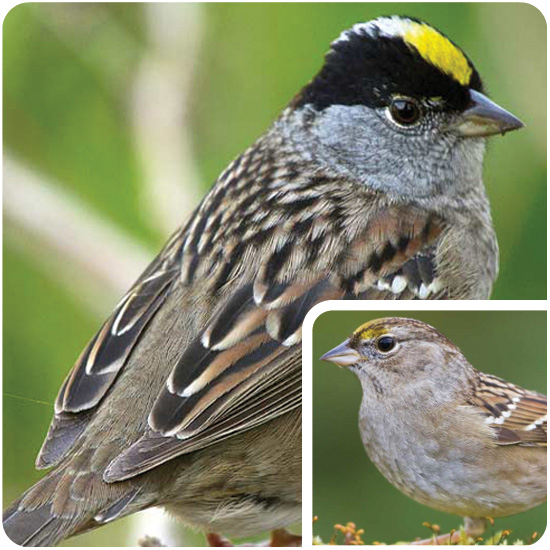 Golden-crowned Sparrow
Golden-crowned Sparrow
Food: Seed, fruit, insects & suet.
Season: September - April.
Info: Miners in the Yukon once interpreted this sparrows' song to say “I’m so tired,” prompting them to dub the bird “Weary Willie.”
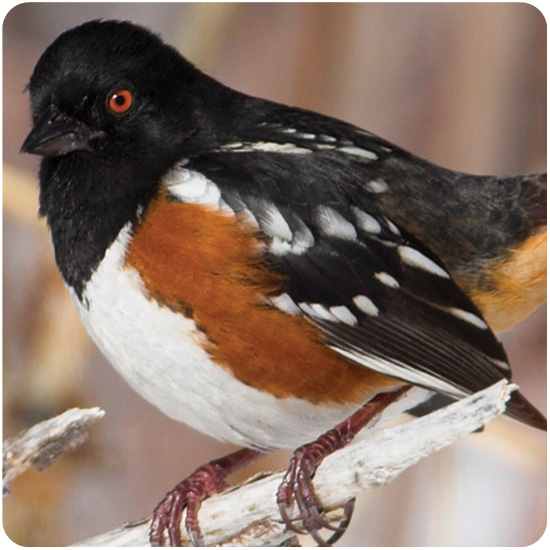 Spotted Towhee
Spotted Towhee
Food: Seed, fruit & insects.
Season: Year round.
Info: During mating season male towhees have been recorded spending 70% to 90% of their mornings singing. As soon as a mate is won their singing time drops to 5%.
 Dark-eyed Junco
Dark-eyed Junco
Food: Seed, fruit, insects & suet.
Season: Year round (prominent in winter).
Info: Juncos are divided into several subspecies, the most common in the L.A. area being the "Oregon" race. Look out for "Slate-colored", "Gray-headed" and "Pink-sided" throughout winter.
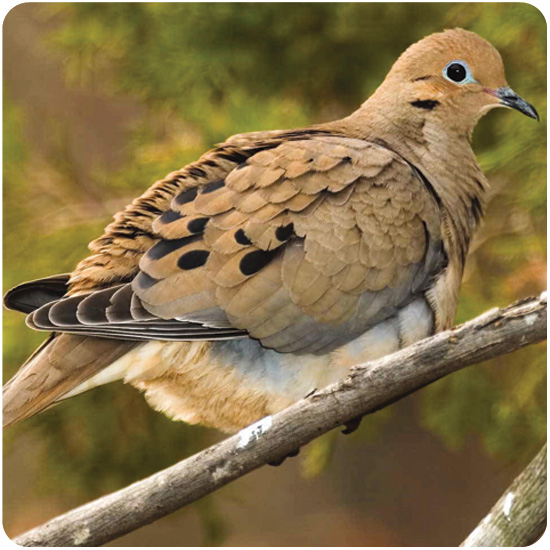 Mourning Dove
Mourning Dove
Food: Seed.
Season: Year round.
Info: One reason why Mourning Doves survive in the desert: they can drink brackish spring water (up to almost half the salinity of sea water) without becoming dehydrated the way humans would.
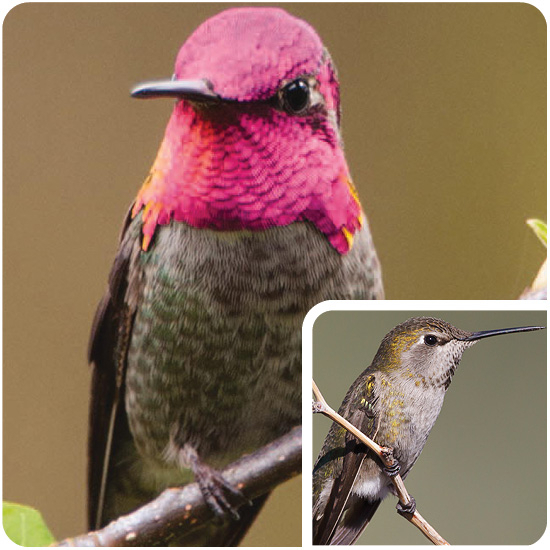 Anna's Hummingbird
Anna's Hummingbird
Food: Nectar & insects.
Season: Year round.
Info: Hummers maintain a body temperature of 107° Fahrenheit. In cooler weather they enter a state called torpor: breathing and heart rate slow, and their temperature can drop as low as 48°.
 Rufous Hummingbird
Rufous Hummingbird
Food: Nectar & insects.
Season: Valentine's Day to July 4th for the males. Females stay usually into August.
Info: The Rufous Hummingbird is the most aggressive songbird we have on the Olympic Peninsula.
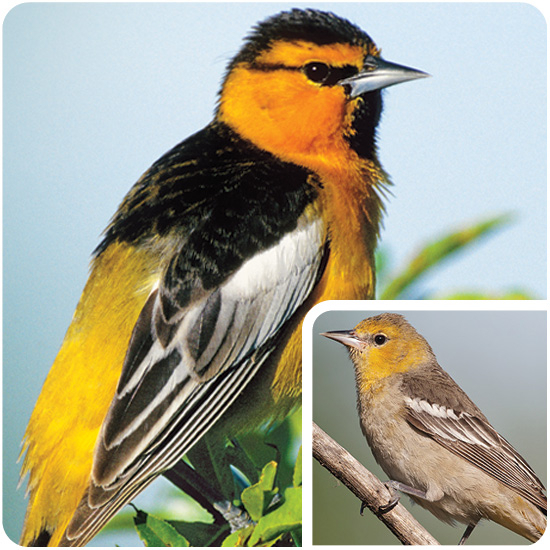 Bullock's Oriole
Bullock's Oriole
Food: Nectar, fruit, suet, Bark Butter & insects.
Season: April - September.
Info: The male performs a bowing courtship display, hopping from branch to branch and bowing to the female every second or so—all the while singing loudly and exposing his colorful plumage.
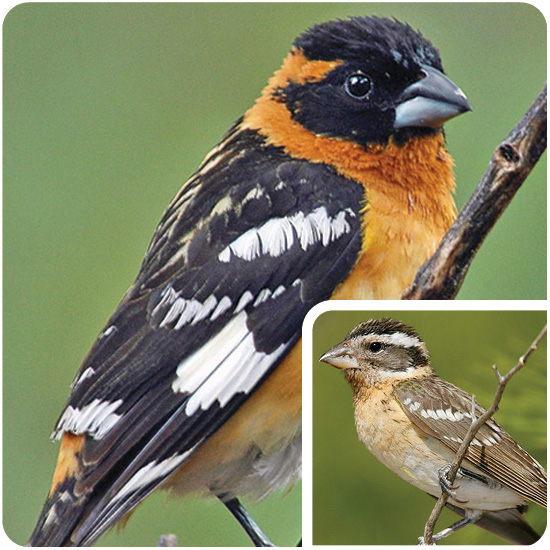 Black-headed Grosbeak
Black-headed Grosbeak
Food: Seed, fruit & insects.
Season: April - September.
Info: Toxins in the Monarch Butterfly make them poisonous to most birds, but grosbeaks can eat them. They feed on them in 8-day cycles, giving themselves time to eliminate the toxins.
 Red Crossbill
Red Crossbill
Food:Sunflower seeds, pine cone seeds, suet, & peanuts.
Info: Crossbills have a bill that is crossed at the tips, is specialized for pulling apart pine cones and picking out the seeds. Crossbills are found in the evergreen forests of the Northern Hemisphere, as far south as NW Africa and Guatemala.
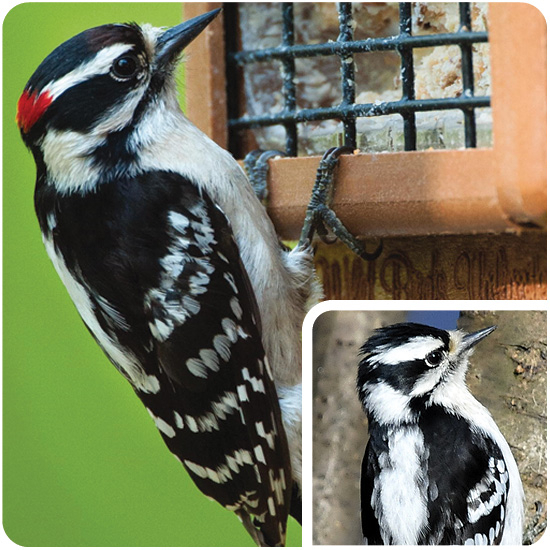 Downy Woodpecker
Downy Woodpecker
Food: Seed, suet & insects.
Season: Year round.
Info: The most likely woodpecker to visit a backyard bird feeder but still a rare and exciting sight in the South Bay. Our customers have had the best luck attracting them with seed cylinders and suet.
 Hairy Woodpecker
Hairy Woodpecker
Food: Seed, suet, & Insects.
Info: Woodpeckers move up the tree in a movement called 'hitching', which involves moving in short leaps.
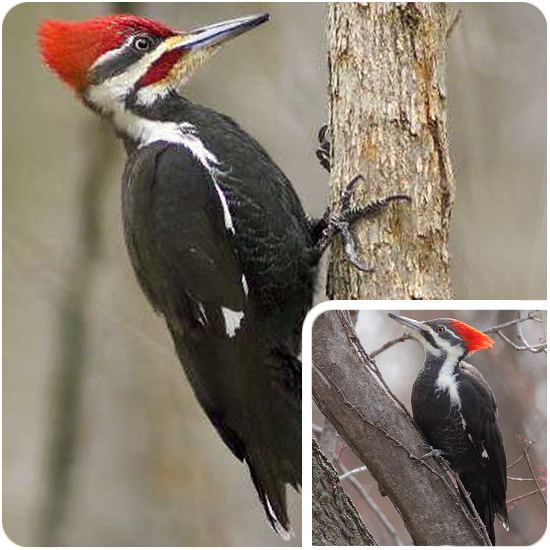 Pileated Woodpeckers
Pileated Woodpeckers
Food: Carpenter ants & other ants, woodboring beetle larvae, termites, insects, suet & seed.
Info: The Pileated Woodpecker uses its bill to dig rectangular holes in trees to find ants.
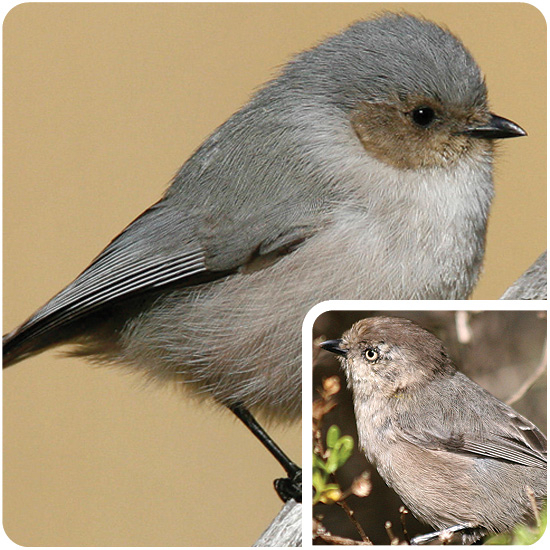 Bushtit
Bushtit
Food: Insects & suet.
Season: Year round.
Info: Bustits make a sock-shaped nest of spiderwebs and plant material that can be upwards of a foot long when complete. Despite their tiny size they can lay up to 10 eggs in a single clutch!
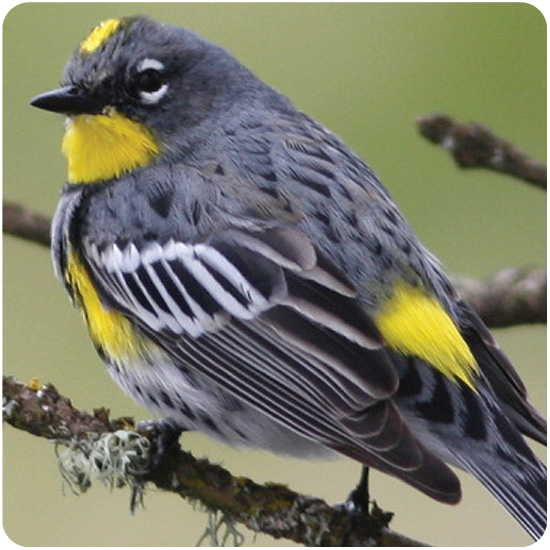 Yellow-rumped Warbler
Yellow-rumped Warbler
Food: Insects, fruit, Bark Butter & suet.
Season: May - Spetember
Info: "Butter-butts" to their fans, are the most versatile foragers of all warblers: catching insects in flight, skimming water surfaces, picking through sandy shoreline or raiding spiderwebs.
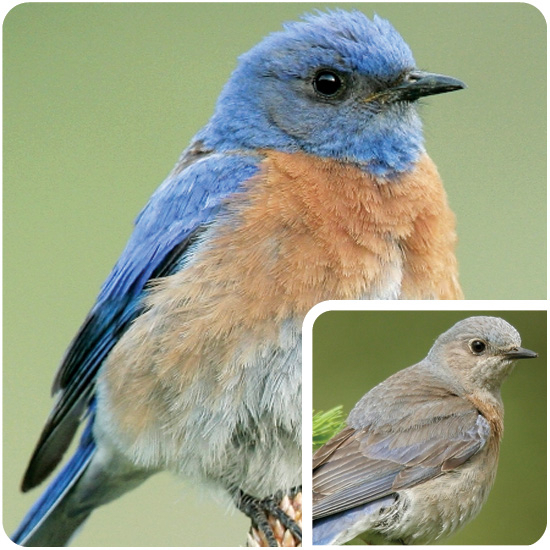 Western Bluebird
Western Bluebird
Food: Insects, meal worms, Bark Butter & fruit.
Season: February - August
Info: First found to be nesting in the South Bay in 2003 they have been expanding their range every year, moving from park to golf green to marsh.

